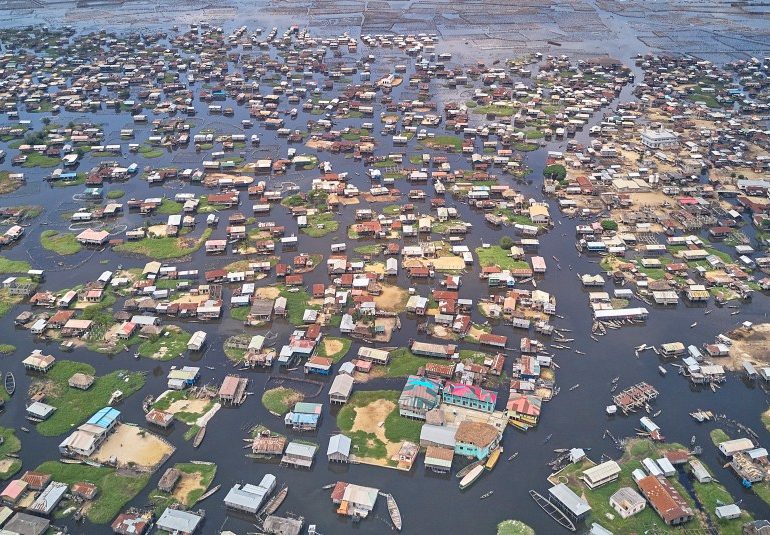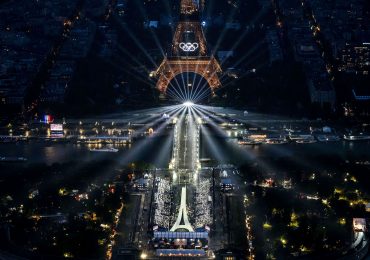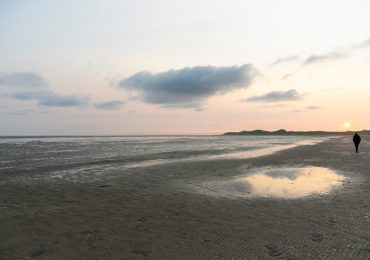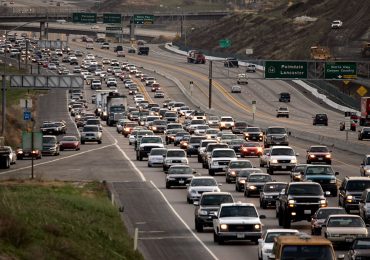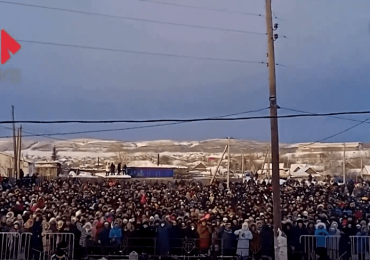A FLOATING town built on a lake believed to be infested by demons and made by a tribe fleeing scared slave traders has become a big tourist attraction.
The unique story of the African village details how the murky waters became the ultimate escape for slaves 400 years ago.
Africa’s biggest floating village has a population of 40,000 after slaves used the lakes demonic past to set up their community away from tradersGetty
GettyThe slave trading groups in Benin were petrified of a demon that apparently lived beneath Lake Nokoue so they wouldn’t step foot near it allowing the slaves freedom[/caption]
Ganvie village in Benin, Africa was built right in the middle of one of Africa’s largest lakes – the Nokoue.
During the worst era of slavery in the 18th century, the local tribe known as the Tofinu came up with a daring escape plan to fend off their traders.
The Fon and Dahomey kingdoms, made up of brutal soldiers, captured tribes and sold them off to Portugal for goods.
Despite the soldiers heartless acts of horror they were afraid of the supernatural.
Especially a terrifying demon who apparently lived underneath the murky shallows of Lake Nokoue.
Knowing this, and being well aware that the soldiers wouldn’t step foot near the lake, the brave tribe made their way towards the spot and set up camp.
The tribe choose to build their homes on stilts in the middle of the water so they would be protected from any slave traders.
Soon after the first few houses went up a whole community began thriving and stopped living in fear over being sent to work and abused in Europe.
The name “Ganvie” pays a touching tribute to those who risked their lives and build up the village.
It roughly translates to “we are saved” in the local language.
Nowadays it is seen as the largest floating village in Africa and has a whopping amount of residents and buildings.
The extraordinary place has been built up to accommodate 40,000 people and has over 3,000 buildings rooted to the lakes floor.
With its own market, hospital, church, post office, bank, school and hotel, the village is certainly a bustling place in Benin.
The people in the Tofinu tribe are known as brilliant fishermen and women and have a deep understanding of the water.
They’ve been dubbed “the water people” and embrace that name as it highlights their important heritage and culture.
Ganvie was added to a UNESCO World Heritage list in 1996 and soon gained popularity outside of Africa.
The village now attracts around 10,000 tourists each year as people look to learn about its fascinating yet demonic past.
It’s unique experience has gripped so many who travel by boat through the country to the famous lake before hopping on narrow canoes.
Known as pirogue, they’re the only way of getting through the floating village once you reach Lake Nokoue.
Floating cities are a completely abstract concept to most of us but one company is trying to make them a luxury experience.
Remarkable concept photos from an international team of architects and designers show a floating city with orb-like houses that’s planned to house 50,000 people in the future.
Dubai already has a set of ridiculously expensive floating homes up for grabs.
The properties are half above water and half beneath with the bedrooms and bathrooms looking out into the ocean.
They range from £12.3million to a staggering £77million.
GettyThere are now over 3,000 buildings on the lake including a hospital, church and local market[/caption]
The buildings are held up by stilts that are forced into the lakes floor to keep them stableGetty
GettyThe villagers are nicknamed the water people as they spend most of their lives floating on the lake[/caption]
GettyNowadays the village attracts 10,000 tourists each year[/caption]
Leave a comment
